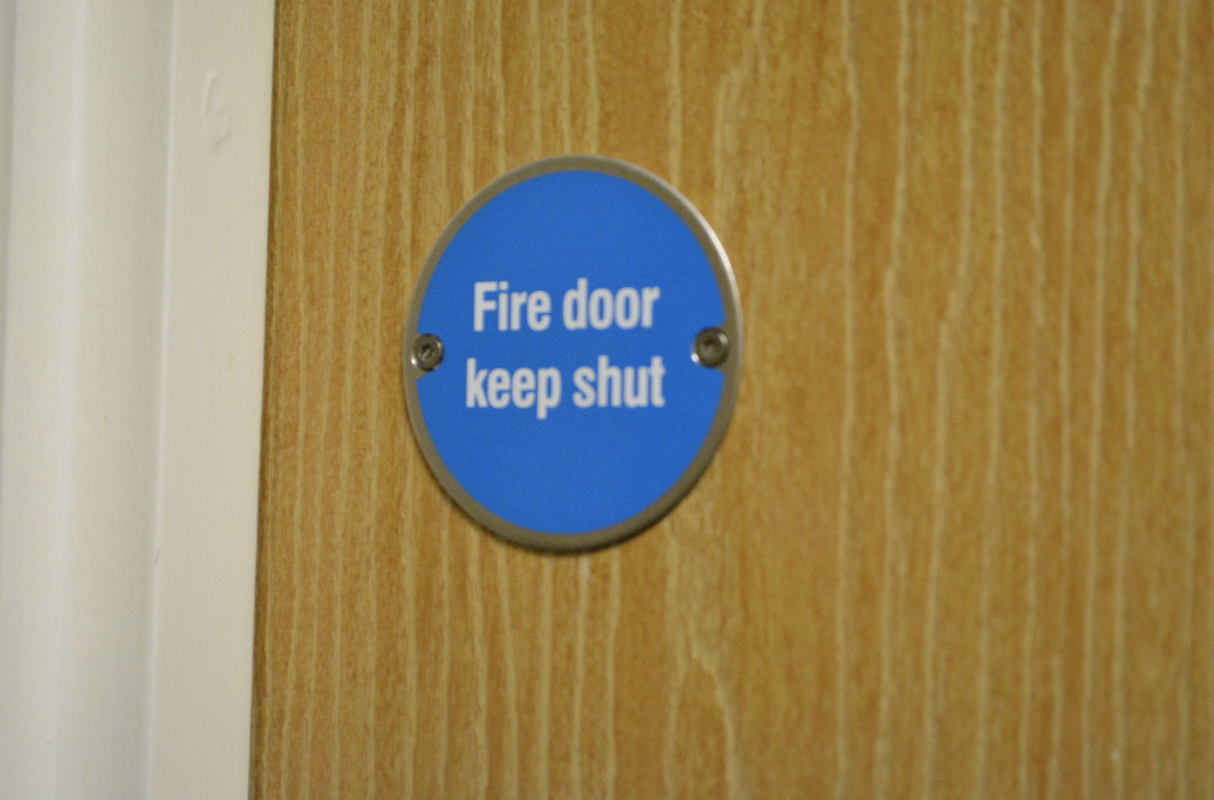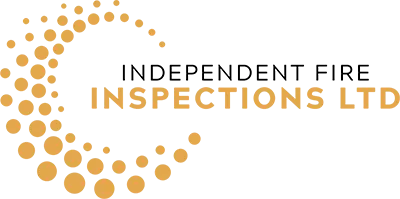
What Hazards Do Fire-Stopping Surveys Identify?
Passive fire protection is vital in all residential and commercial buildings because it forms the first line of defence against the spread of smoke and fire and gives occupants the time to evacuate safely. However, because most buildings undergo alterations, passive fire protection may become compromised, leading to significant weaknesses in the fabric of the property that would allow smoke and heat to spread quickly should a fire occur.
In this article, we’ll consider the hazards that fire inspections may identify and why fire-stopping surveys are essential to comply with safety standards and protect occupants from harm.
Why Compliance With Fire Safety Standards Is Essential
The importance of adhering to national fire safety standards cannot be overstated. The British Standard European Norm BS-EN1366 Series is a significant reference point as it specifies the method of tests and criteria for evaluating fire resistance for materials and structures. Fire-stopping surveys ensure that thorough checks are made to ensure a building complies with these standards, verifying its ability to withstand fires.
So, what hazards could a fire-stopping survey report highlight?
Structural Changes Within The Building
Over time, buildings undergo modifications, renovations, and structural changes - alterations that can often compromise the fire-resistant integrity of a structure. Fire-stopping surveys aim to identify such changes and ensure the building's fire protection measures are updated to reflect these modifications.
Penetrating Services
As technology advances, buildings often require the installation of new services, such as telephone systems, data cables, air conditioning pipes and internet networks. Fire-stopping surveys assess whether these services have been installed in a way that maintains the structural fire resistance of the building. Ensuring these services are properly sealed helps to prevent the uncontrolled spread of fire and smoke.
Unsealed Penetrating Pipework
If not adequately sealed within a compartment, pipework carrying utilities throughout a building can pose a significant fire hazard. Unsealed penetrations in fire-resistant barriers may allow flames and smoke to spread rapidly, compromising the safety of the building's occupants. Identifying and rectifying these issues is a critical aspect of fire-stopping surveys.
Fire-stopping inspections also identify breaches or openings in fire-rated barriers that could render them ineffective. They also report on the condition of fire dampers, which help control the spread of fire and smoke. By proactively identifying deficiencies in the building’s protection, prompt remedial action can be taken to secure it so that the spread of fire and smoke is effectively repelled.
Voids And Defects
Fire-stopping surveys also identify defects and voids within a building’s structure. Voids, gaps, or openings in walls, floors, and ceilings can provide easy passage for fire and smoke. During fire-stopping inspections, surveyors detect and address these weaknesses to maintain the building's fire resistance.
Contact IFI Group For More Information
Please message us to learn more about our fire-stopping surveys and consultancy services, or book an inspection with one of our experts.
Image source: Canva

